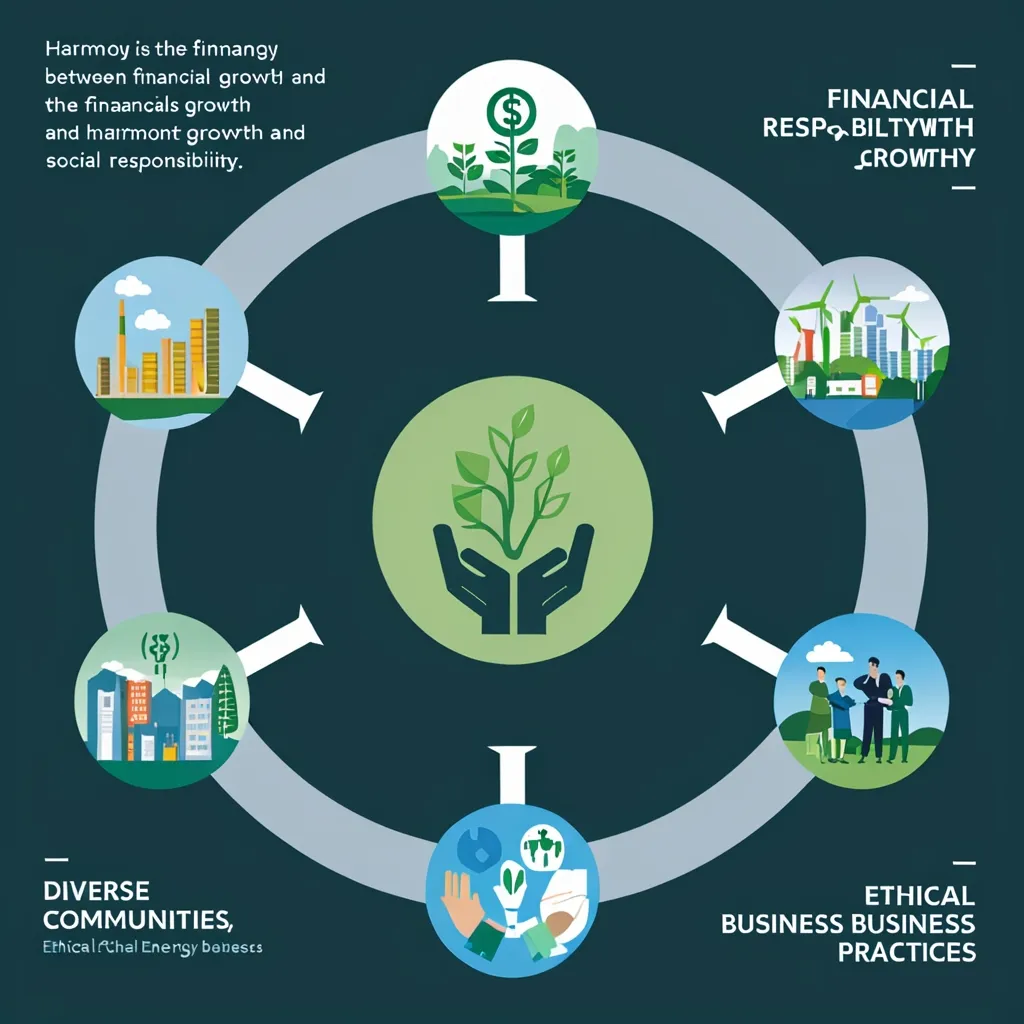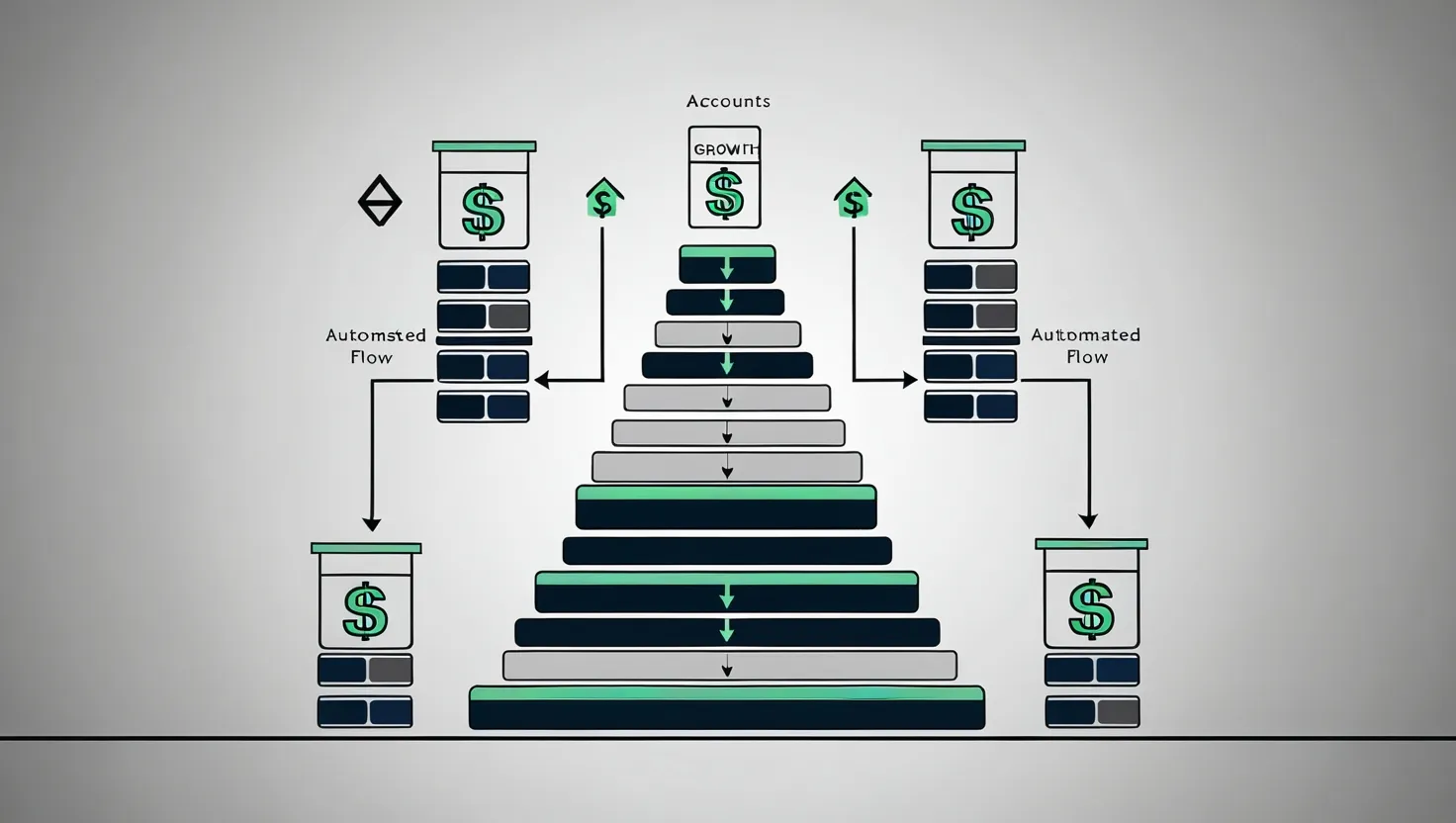Investors nowadays are chasing more than just fat returns. They’re aiming to reflect their personal values and social concerns in their portfolios. This trend has turned towards ethical investing, especially through Environmental, Social, and Governance (ESG) funds. This isn’t just some fad; it’s changing how people think about investing. Let’s take a closer look at how ESG investing tries to balance making money with doing good, its perks, issues, and how to actually pull it off.
So, what’s ESG investing, and why is it all the hype? ESG investing has evolved from being a niche idea to a staple strategy embraced by major players like institutional investors, asset managers, and big corporations globally. ESG factors—environmental sustainability, social responsibility, and good governance—are vital parts of the decision-making process. Research consistently shows a positive link between strong ESG practices and corporate financial performance, debunking the myth that profit and sustainability don’t mix.
While ethical investing isn’t new—it dates back to the 18th century religious movements—it’s gotten mainstream attention in recent years. ESG stands on three pillars. The first is Environmental. This checks out a company’s impact on nature, such as its carbon footprint. Then there’s Social, which sees how a company interacts with its employees, suppliers, and communities. Lastly, Governance looks at the company management, including leadership and transparency.
You don’t just get the feel-good vibes from ESG investing—there are real financial benefits. For one, you can back causes you believe in, which brings more personal satisfaction and fulfillment. Plus, ESG investing can help dodge risks tied to environmental, social, and governance issues. Companies prioritizing sustainability and ethics can better manage risks and adapt to new rules and consumer demands, making for more stable and resilient investments.
Numbers don’t lie—research shows companies excelling in ESG often outperform their competition. These firms are usually more innovative, efficient, and better at managing risks. Some studies found businesses committed to ESG saw a 9.1% profit increase over three years, even during tough economic times. This flips the script on the belief that ethical investing means sacrificing earnings.
So, how do you combine making money and doing good? There are several strategies:
-
Positive Screening: This means picking companies that lead in ESG practices. Maybe they’re big on renewable energy, sustainable sourcing, or employee well-being. This ensures your investments match your values.
-
Negative Screening: It’s the opposite—avoiding investments in industries or companies that don’t meet your ethical criteria, like fossil fuels or tobacco. This keeps your money clear of anything iffy.
-
ESG Integration: Here, you’re blending ESG factors with regular financial analysis. By looking at a company’s ESG performance along with its usual financial stuff, you get a fuller picture of its long-term viability and risks.
-
Impact Investing: This is about targeting investments that aim to create a social or environmental impact alongside financial returns. Think investments in affordable housing or renewable energy. This aligns profits with your principles.
-
Shareholder Advocacy: As a shareholder, you can push for change by engaging with companies and using your voting rights to advocate for stronger ESG policies. This active role can help mold companies to match your ethical standards.
Despite its upsides, ESG investing isn’t without hurdles. The biggest one? There’s no one-size-fits-all way to measure and define ethical practices. Different folks have different takes on what’s ethical, leading to inconsistencies in how companies and funds are evaluated. Another issue is greenwashing—when companies overstate their eco-friendly and social efforts. To stay on the right track, doing thorough research is key.
The way around these challenges is better education for investors. Governments and regulatory bodies can help by setting standard reporting frameworks and defining ESG metrics, thereby enhancing transparency and accountability. Modern tech like AI and big data can also boost ESG investing by improving data collection and analysis. These tools enable smarter decision-making and more impactful investments.
There are also plenty of tools and resources to help ethical investors. Platforms like MSCI ESG Ratings and Morningstar offer comprehensive ESG ratings, helping investors assess sustainability performance and spot risks and opportunities. Initiatives like the UN Principles for Responsible Investment (PRI) and the Global Reporting Initiative (GRI) provide useful guidelines and resources for incorporating ESG factors into investment decisions.
Balancing profitability and sustainability isn’t about choosing one over the other. Ethical investment should be seen as a sustainable and responsible approach to future-proof investments rather than a profit obstacle. Companies that weave ESG compliance into their business strategies often enjoy perks like greater innovation, brand loyalty, and better risk management. Transparent and well-managed companies offer protection against potential losses due to regulation, litigation, and other risks.
So to sum it up, ESG investing hits that sweet spot where making money meets societal good. By integrating ESG factors into your investment strategy, you can align financial goals with personal values, spurring positive social and environmental impact. Despite challenges like inconsistent criteria and greenwashing, the benefits—from better financial performance to deeper personal fulfillment—make ESG investing a captivating alternative. As we tackle pressing global issues, the role of ESG investing in driving positive change is more critical than ever.






